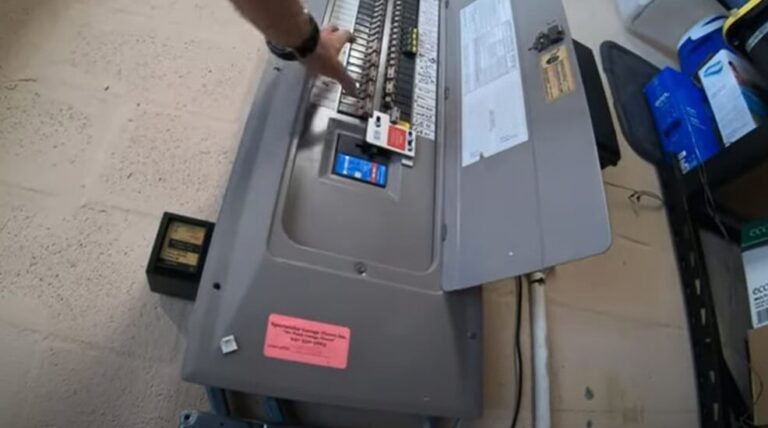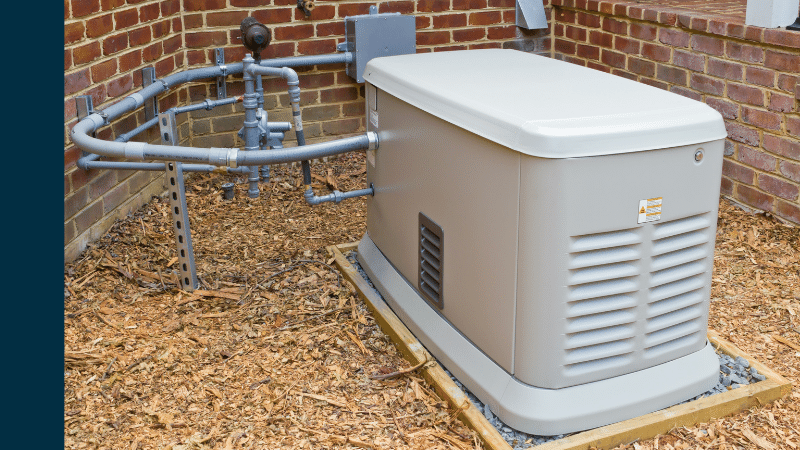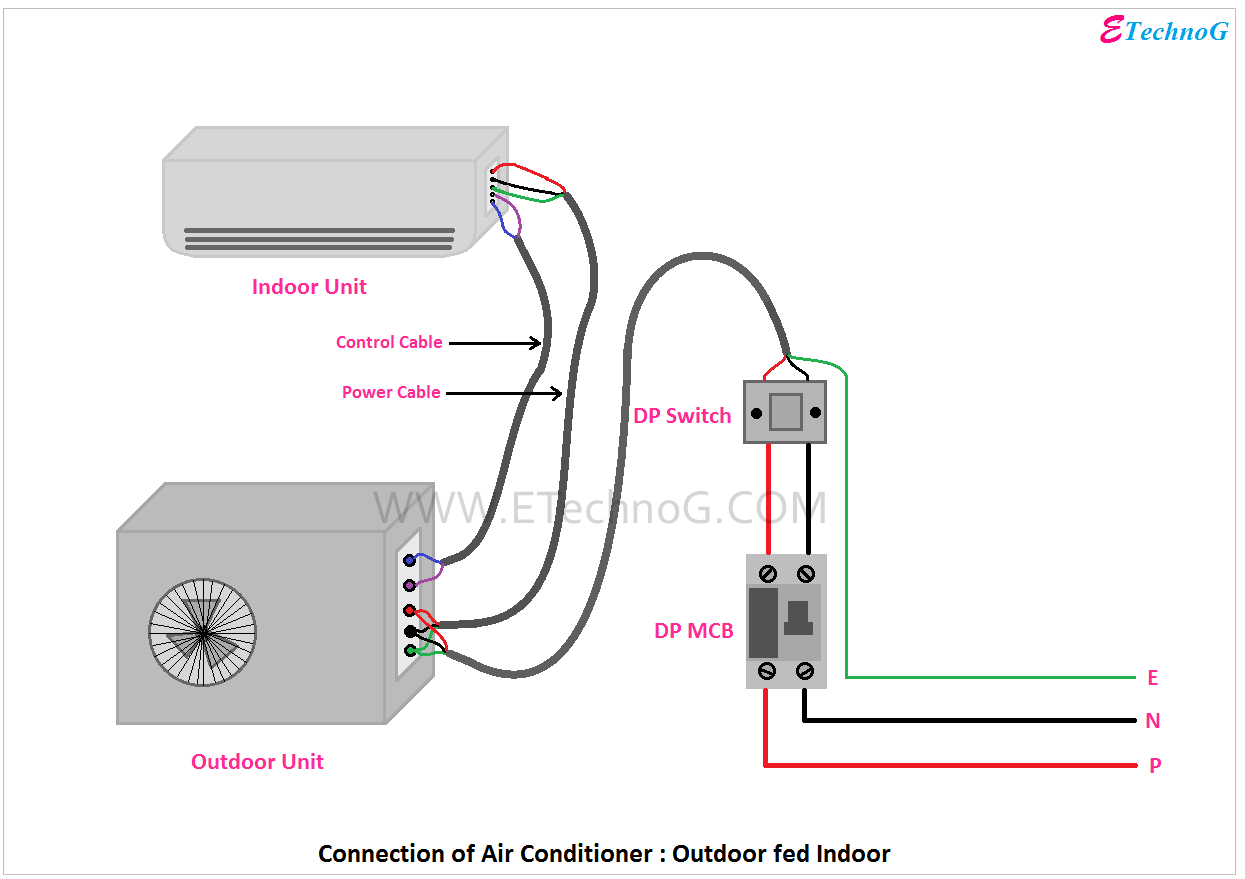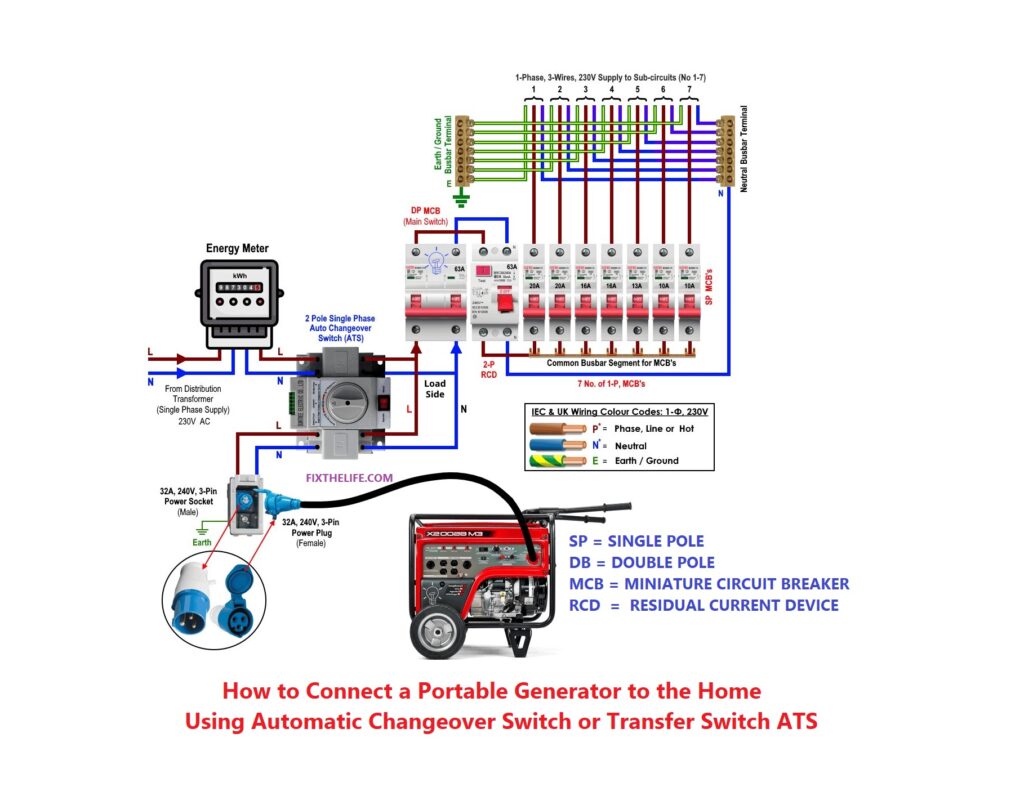How To Connect Generator To Air Conditioner
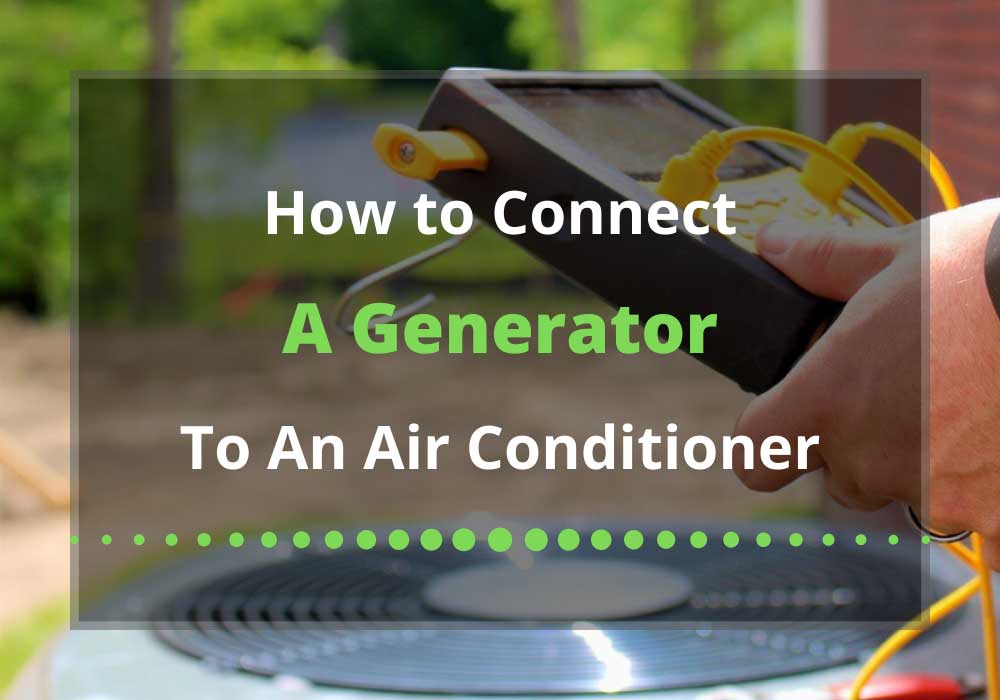
Frequently Asked Questions: Connecting Your Generator to Your Air Conditioner
Power outages can be disruptive, especially during extreme weather. Using a generator to power your air conditioner can provide essential relief. However, it's crucial to understand the proper procedures and safety considerations. This FAQ addresses common questions about safely and effectively connecting your generator to your AC unit.
Q1: Can I even connect my generator to my air conditioner?
Yes, you can connect a generator to your air conditioner, but it's not as simple as plugging it in. It depends on several factors, including the size of your generator, the power requirements of your air conditioner, and the proper connection method. You need to ensure your generator can handle the air conditioner's starting and running wattage. Failure to do so could damage both your generator and your AC unit.
Important considerations include:
- Generator Size: Must be large enough to handle the AC's starting and running wattage.
- Connection Method: Backfeeding is illegal and dangerous; use a transfer switch.
- Safety Precautions: Always prioritize safety to prevent electrical hazards.
Q2: How do I determine the size of generator I need to run my AC?
Determining the right generator size is critical. Air conditioners require a significant amount of power to start (starting wattage) and a lesser amount to run continuously (running wattage). This information is usually found on the air conditioner's data plate, typically located on the unit itself.
Here's a step-by-step guide:
- Find the Data Plate: Locate the data plate on your air conditioner unit.
- Identify Starting Wattage: Look for the "LRA" (Locked Rotor Amps) value. Multiply the LRA by the voltage (usually 220V or 240V) to get the starting wattage. For example, if LRA is 30 amps and voltage is 240V, then the starting wattage is 30 * 240 = 7200 watts.
- Identify Running Wattage: Look for the "Rated Load Amps" or "RLA" value. Multiply the RLA by the voltage to get the running wattage. For example, if RLA is 12 amps and voltage is 240V, then the running wattage is 12 * 240 = 2880 watts.
- Consider Other Appliances: Factor in the wattage of any other appliances you plan to run simultaneously with the AC. Add their running wattage to the AC's running wattage.
- Choose the Right Generator: The generator's starting wattage should be higher than the AC's starting wattage, and its running wattage should be higher than the total running wattage of all appliances you plan to use. It's often recommended to have a generator with a starting wattage at least 1.5 times the AC’s starting wattage to account for safety and potential fluctuations.
Example: If your AC has a starting wattage of 7200 watts and a running wattage of 2880 watts, and you also want to run a refrigerator with a running wattage of 200 watts, you'll need a generator with a starting wattage of at least 7200 watts and a running wattage of at least 3080 watts (2880 + 200). To be safe, aim for a generator with a starting wattage of around 10,800 watts (7200 * 1.5). A generator rated for 8000 running watts and 12000 starting watts would be a suitable choice in this case.
Q3: What is a transfer switch and why do I need one?
A transfer switch is a critical safety device that allows you to safely connect your generator to your home's electrical system. It prevents backfeeding, which is when power from your generator flows back into the utility grid. Backfeeding is extremely dangerous for several reasons:
- Electrocution Hazard: It can energize power lines, posing a lethal risk to utility workers.
- Damage to Equipment: It can damage your generator and other electrical equipment.
- Illegal: Backfeeding is illegal in most jurisdictions.
A transfer switch isolates your home's electrical system from the utility grid, ensuring that power flows only from the generator to your home. There are two main types of transfer switches:
- Manual Transfer Switch: Requires you to manually switch between the utility power and the generator power.
- Automatic Transfer Switch (ATS): Automatically switches to generator power when the utility power goes out and switches back when the utility power returns.
Using a transfer switch is the safest and most recommended way to connect your generator to your air conditioner and other household appliances. It protects you, your equipment, and utility workers.
Q4: Can I just plug my generator directly into my AC unit using an extension cord?
No, you should never directly plug your generator into your AC unit using an extension cord. This is extremely dangerous and could result in:
- Electrocution: Risk of electric shock due to improper grounding and wiring.
- Equipment Damage: Potential damage to your AC unit, generator, and other appliances.
- Fire Hazard: Overheating and potential fire due to overloaded circuits or improper wiring.
The only safe and recommended way to connect a generator to your AC unit is through a properly installed transfer switch. This ensures that the power is distributed safely and prevents backfeeding, which is crucial for preventing accidents and equipment damage.
Q5: What safety precautions should I take when using a generator to power my AC?
Safety is paramount when using a generator. Here are some essential safety precautions:
- Carbon Monoxide (CO) Poisoning:
- Operate the generator outdoors in a well-ventilated area, away from windows, doors, and vents.
- Install carbon monoxide detectors in your home and check them regularly.
- Never run a generator indoors, even in a garage or basement.
- Electrical Safety:
- Use a transfer switch to safely connect your generator to your home's electrical system.
- Never overload the generator. Check the wattage ratings of all appliances you plan to use.
- Use heavy-duty, outdoor-rated extension cords if necessary, and keep them away from water.
- Ground the generator properly according to the manufacturer's instructions.
- Fuel Safety:
- Store fuel in approved containers in a cool, dry, and well-ventilated area, away from heat sources.
- Turn off the generator and let it cool down before refueling.
- Never refuel the generator while it is running.
- Clean up any fuel spills immediately.
- Generator Maintenance:
- Follow the manufacturer's instructions for maintenance and servicing.
- Check the oil level regularly and add oil as needed.
- Clean or replace the air filter as recommended.
- Inspect the spark plug and replace it if necessary.
- Be Aware of Overheating:
- Ensure the generator has adequate ventilation.
- Monitor the generator’s temperature and shut it down if it overheats.
Always consult the generator's owner's manual for specific safety instructions and guidelines.
Q6: Can a portable generator run a central air conditioning system?
Whether a portable generator can run a central air conditioning system depends on the size and power requirements of the AC unit and the generator's capacity.
- Smaller Central AC Units: Some smaller central AC units (e.g., 1.5-2 ton) might be able to run on a larger portable generator (e.g., 7000-10000 watts), especially if it's a newer, more energy-efficient model. However, you'll still need to carefully calculate the starting and running wattage.
- Larger Central AC Units: Larger central AC units (e.g., 3 tons or more) typically require a larger generator, potentially a whole-house generator, to handle their high starting wattage.
- Consider Soft Starters: Installing a soft starter on your AC unit can significantly reduce its starting wattage, making it more feasible to run on a portable generator. A soft starter gradually increases the voltage to the compressor, reducing the initial power surge. This is a worthwhile investment if you want to use a portable generator with your AC.
Even if the generator has sufficient wattage to start and run the AC, you need to factor in the power requirements of other essential appliances you might want to run simultaneously. It's better to err on the side of caution and choose a generator with a higher wattage capacity than you think you'll need.
Q7: What are the long-term considerations when using a generator to power my AC?
While a generator can provide temporary relief during a power outage, there are long-term considerations to keep in mind:
- Fuel Costs: Running a generator continuously can be expensive due to fuel consumption. Consider the cost of fuel versus the benefit of having air conditioning.
- Generator Lifespan: Frequent use of a generator can shorten its lifespan. Regular maintenance is crucial to maximize its longevity.
- Noise Levels: Generators can be noisy, which can be disruptive to you and your neighbors. Look for models with noise reduction features.
- Maintenance: Generators require regular maintenance, including oil changes, filter replacements, and spark plug replacements. Neglecting maintenance can lead to performance issues and shorten the generator's lifespan.
- Alternative Solutions: If power outages are frequent, consider investing in a whole-house generator or exploring alternative energy solutions, such as solar power with battery storage. These options may be more cost-effective and reliable in the long run.
- Warranty: Check the generator's warranty to understand what is covered and for how long. Properly maintaining the generator according to the manufacturer's recommendations is essential to keep the warranty valid.
By carefully considering these long-term factors, you can make an informed decision about whether using a generator to power your AC is the right solution for your needs. Always prioritize safety and follow the manufacturer's instructions for proper operation and maintenance.
